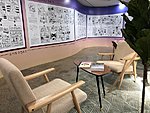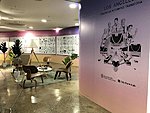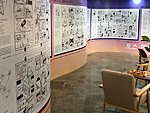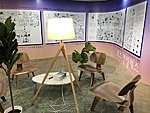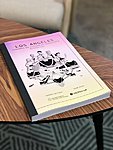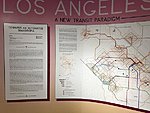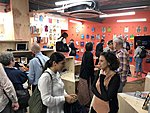LA: Towards an Automated Transitopia
Introduction
An Exhibition at the Seoul Biennale of Architecture and Urbanism 2019.
Despite its popular stereotype as the car-capital of the world, Los Angeles was once at the forefront of transit-oriented development, boasting the densest rail- transit network of any city in the World in the 1930s. Now, after decades of car- oriented development since World War II, LA is once again becoming a denser and more transit-oriented metropolis. Having already built six new rail- transit lines since 1990, LA county voters approved Measure M in 2016—a sales tax increment that will provide the regional transit authority at least $120 billion for new public transit investments over the next four decades.
While LA is making unprecedented investments into public transport and incentivizing developers to build closer to stations, it is also becoming a hot battleground for private-sector mobility technologies, such as Uber, Lyft, micro-transit services, as well as plethora of dock-less and docked bikes and e-scooter services. Furthermore, the city’s Department of Transportation is bracing for a looming arrival of automated vehicles (AVs) that are bound to disrupt, and likely challenge the transit-oriented vision of the city. As in many other cities, it has been clear that Uber and Lyft have already contributed to decreased transit ridership in LA. If left to the market alone, even cheaper “robo-taxi” rides in automated vehicles will further increase car-based travel, largely at the expense of public transit ridership and walking, leading to a new wave of motorization that produces more congestion, sprawl and per capita transportation energy consumption.
By using the medium of a graphic novel, we also critique the field of Urban Design for its almost exclusive focus on place and much less on the experiences of everyday users of the built environment. It is through the eyes of the everyday user that we imagine how the deployment of automation in public bus and shuttle networks of the city could reshape the urban environment, introducing a range of new building types, street layouts, urban forms and land-use patterns, which would collectively maximize multi-modal, socially inclusive, and environmentally sustainable outcomes.
This is a big shift. Is Los Angeles ready?
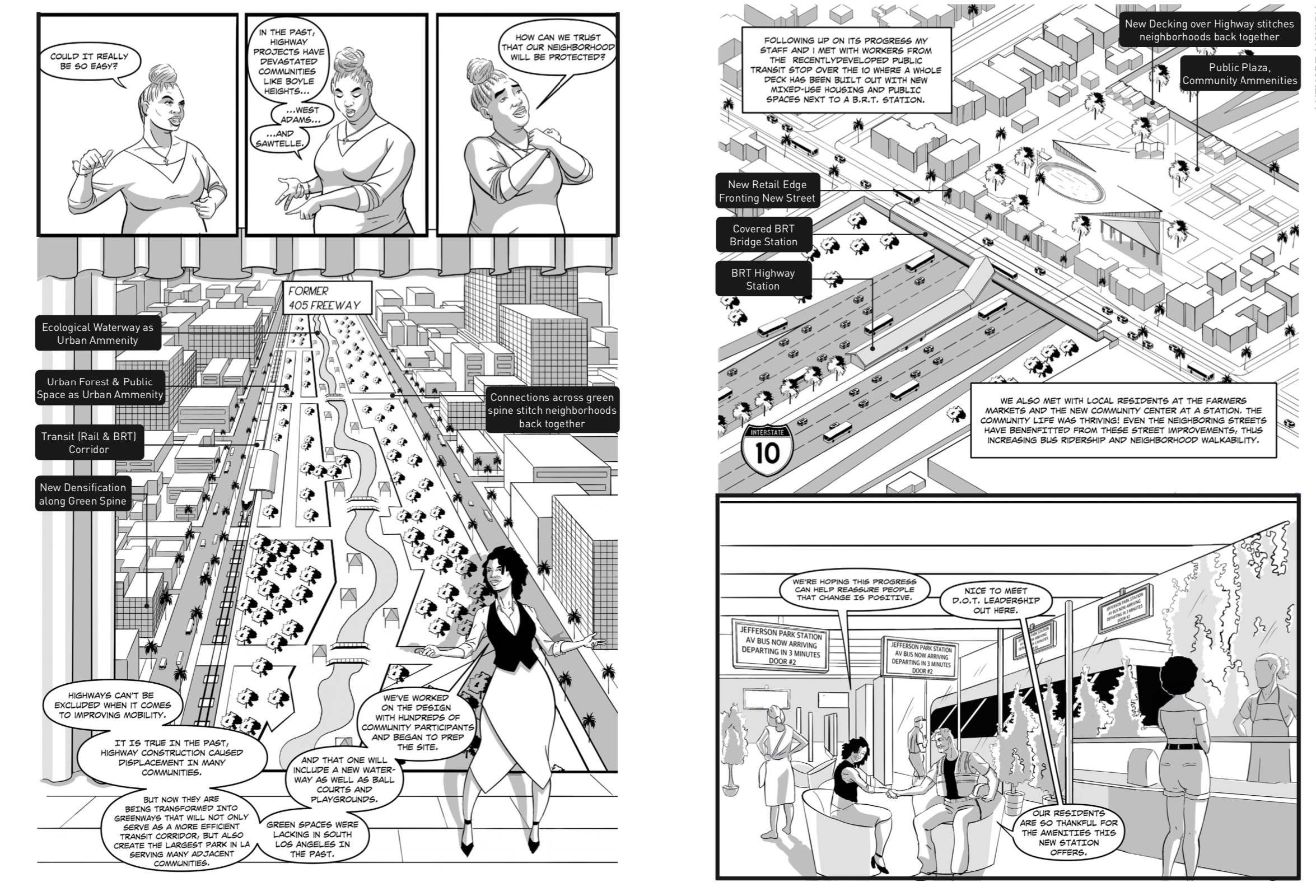
Curators
Andres Sevtsuk, Associate Professor of Urban Science and Planing, MIT.
Evan Shieh, Master of Architecture in Urban Design 2019. Irving Innovation Fellow, Harvard GSD 2019/20.
Acknowledgments
This exhibition was developed on the basis of Evan Shieh’s recent Urban Design Master’s Thesis at the Harvard Graduate School of Design, advised by Prof. Andres Sevtsuk. It also incorporates elements of the Future of Streets: Los Angeles Studio that took place at the Graduate School of Design in Spring 2019.
